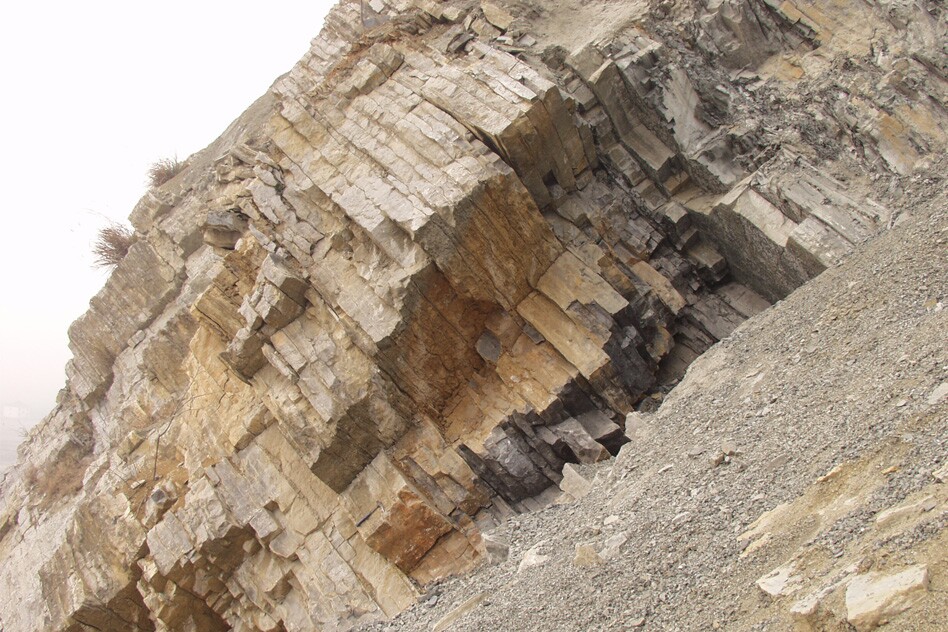A team of researchers from MIT may have found new evidence to shed light on the cause of the most devastating mass extinction in the history of our planet. The event, estimated to have taken place around 252 million years ago, was responsible for the extinction of roughly 90 percent of all life on Earth.
The team's research indicates that the catastrophic event was in fact triggered by the tiniest of organisms, a methane-releasing microbe called Methanosarcina. New evidence suggests that at the time of the extinction, the microbes appeared in massive numbers across the world's oceans, spreading vast clouds of the carbon-heavy gas methane into the atmosphere. This had the effect of altering the planet's climate in a way that made it inhospitable to most other forms of life inhabiting Earth at that time.
It was previously believed that the mass extinction, known as the end-Permian extinction, was due to either vast amounts of volcanic activity, a devastating asteroid strike or prolific all-consuming coal fires. Any of these events could have caused the mass deaths, however there are inconsistencies in the evidence that point away from the traditional theories and towards the new findings presented by the researchers from MIT.
An example of one such inconsistency shows that an extinction event due to extreme volcanic activity would not be possible, as according to research carried out by the MIT team, because such eruptions would not account for the carbon levels present in the rock sediment. Gregory Fournier, a post-doctoral researcher for the project, elaborated on the incompatible nature of the evidence, stating "A rapid initial injection of carbon dioxide from a volcano would be followed by a gradual decrease." This gradual decrease was not present in the sediment. Instead, levels of carbon continued to increase exponentially, thus casting further doubt on the volcanic theory.

Although the team does not believe that the heightened levels of volcanism were responsible for the extinction itself, they do believe that it could have been the catalyst. The sudden and devastating increase in carbon-containing gases present during the end-Permian extinction is put down to a massive bloom of Methanosarcina. However, for this bloom to take place, the microbes would require an abundant source of carbon and nickel, both of which were discovered in a new analysis of sediments in China, and could have been distributed widely through a volcanic eruption.
The case for Methanosarcina being responsible for the extinction is further strengthened by the team's findings that, at the time of the end-Permian extinction, the microbes had undergone a genetic transfer from another microbe. This is what gave the Methanosarcina the ability to produce methane at such a prolific rate.
With the catalyst of volcanic activity, the Methanosarcina were able to spread across our planet's oceans unchecked. This allowed the microbes to produce vast quantities of carbon-containing methane, by harvesting the now carbon- and nickel-rich water. The release of said methane would have had the effect of raising the carbon dioxide levels in the waters, causing ocean acidification, irrevocably altering the ecosystem.
Whilst the team is keen to stress that no evidence can prove definitively what caused the end-Permian extinction, the combination of volcanism and the release of methane from Methanosarcina appears to present the most compelling case.
Source: MIT News





